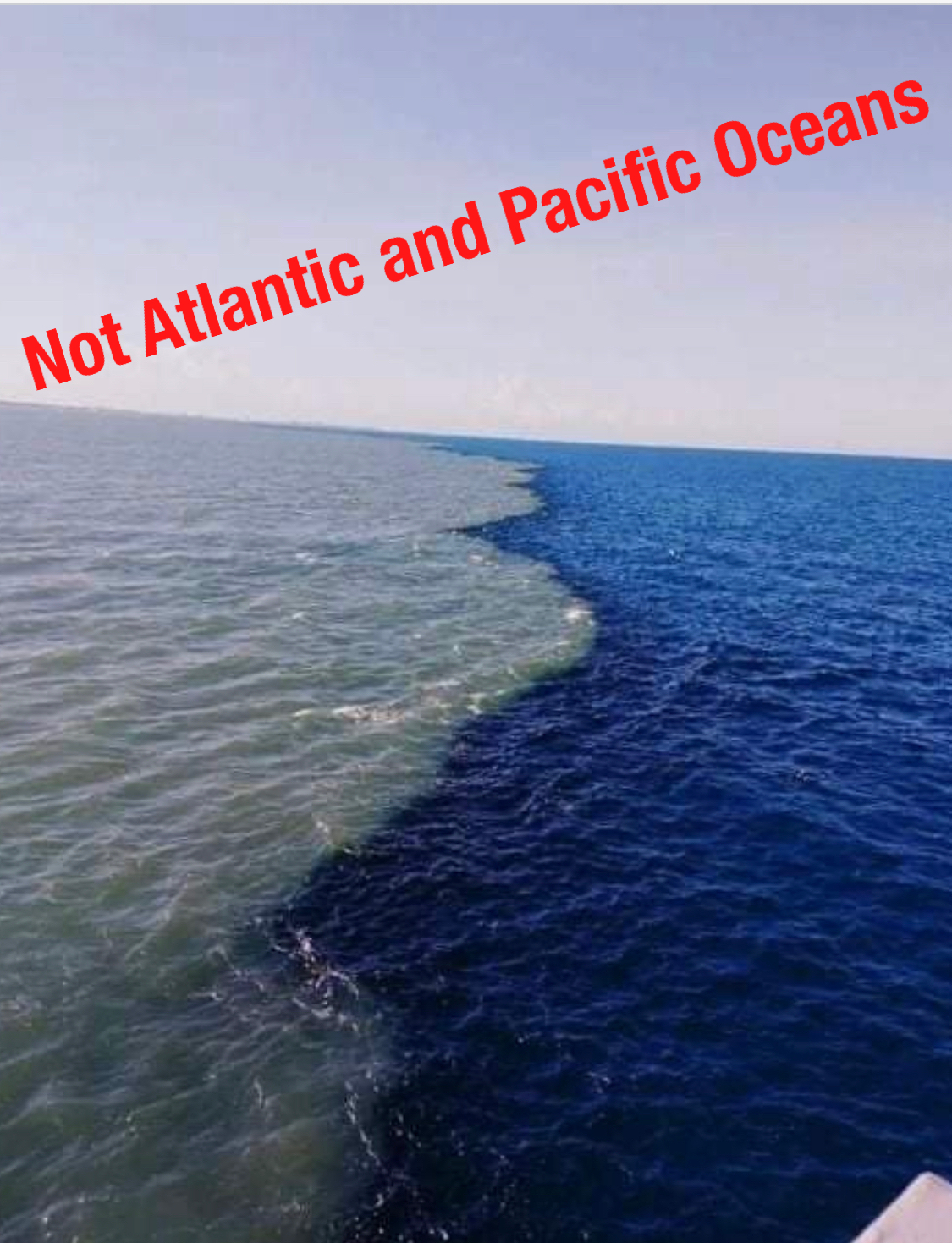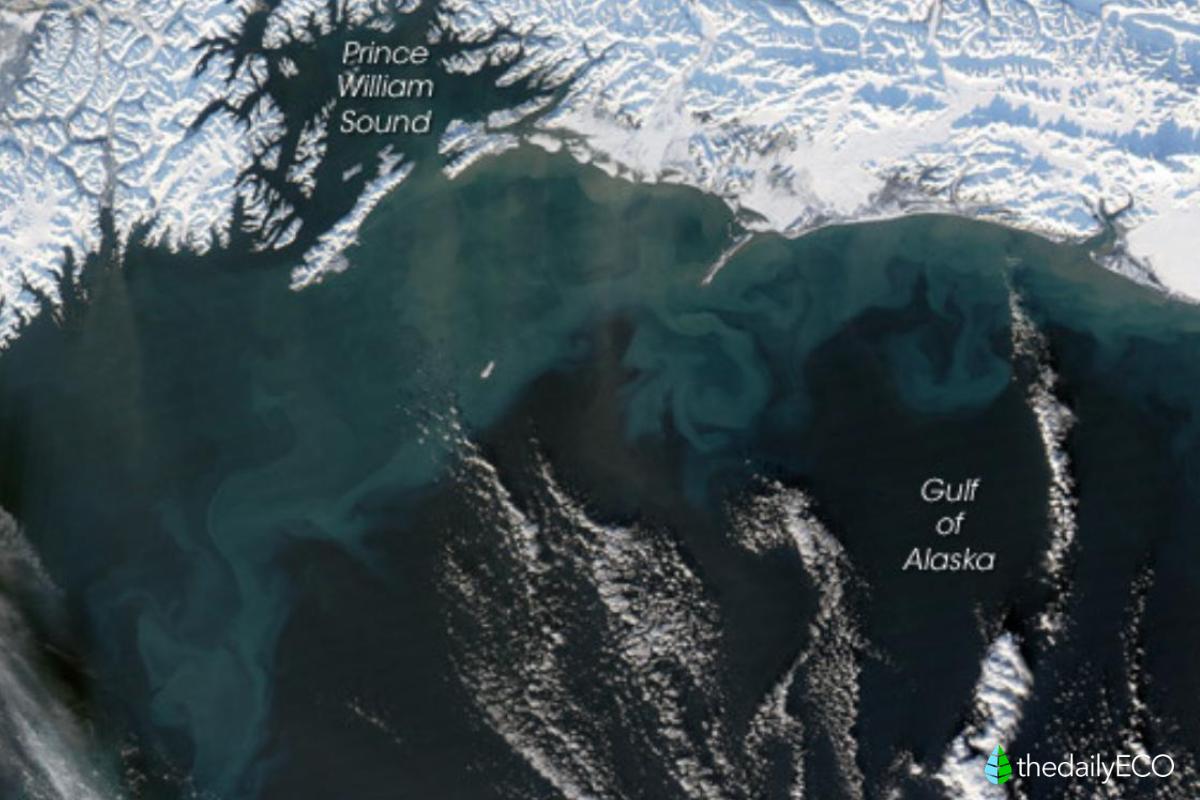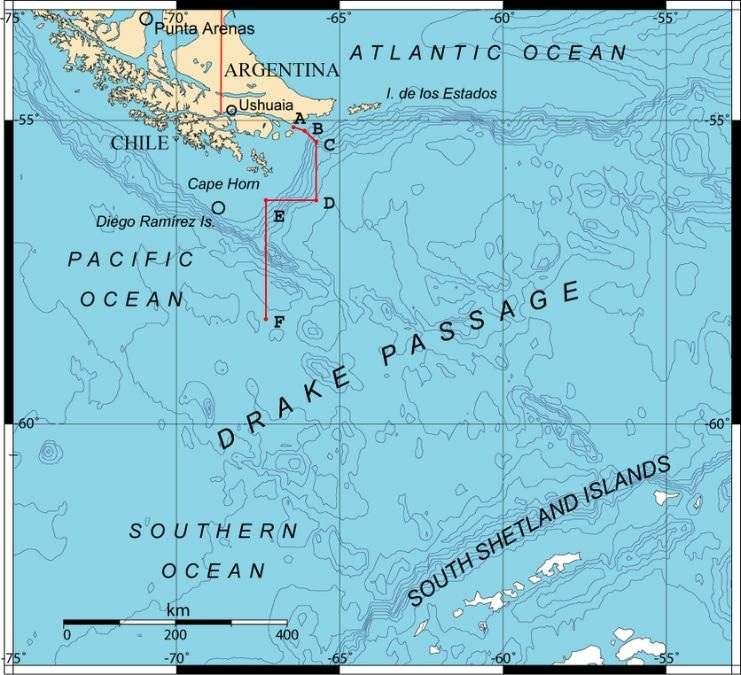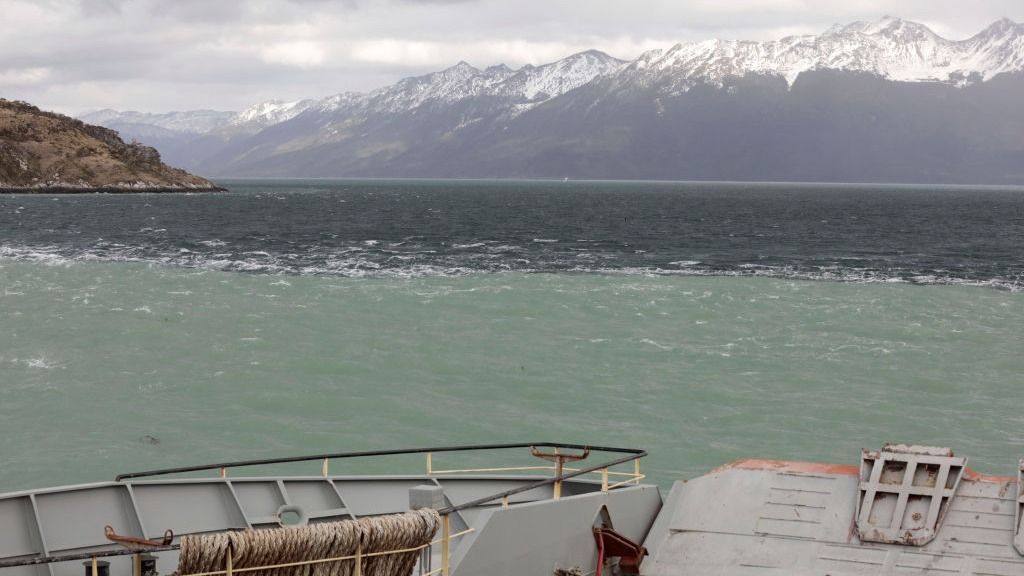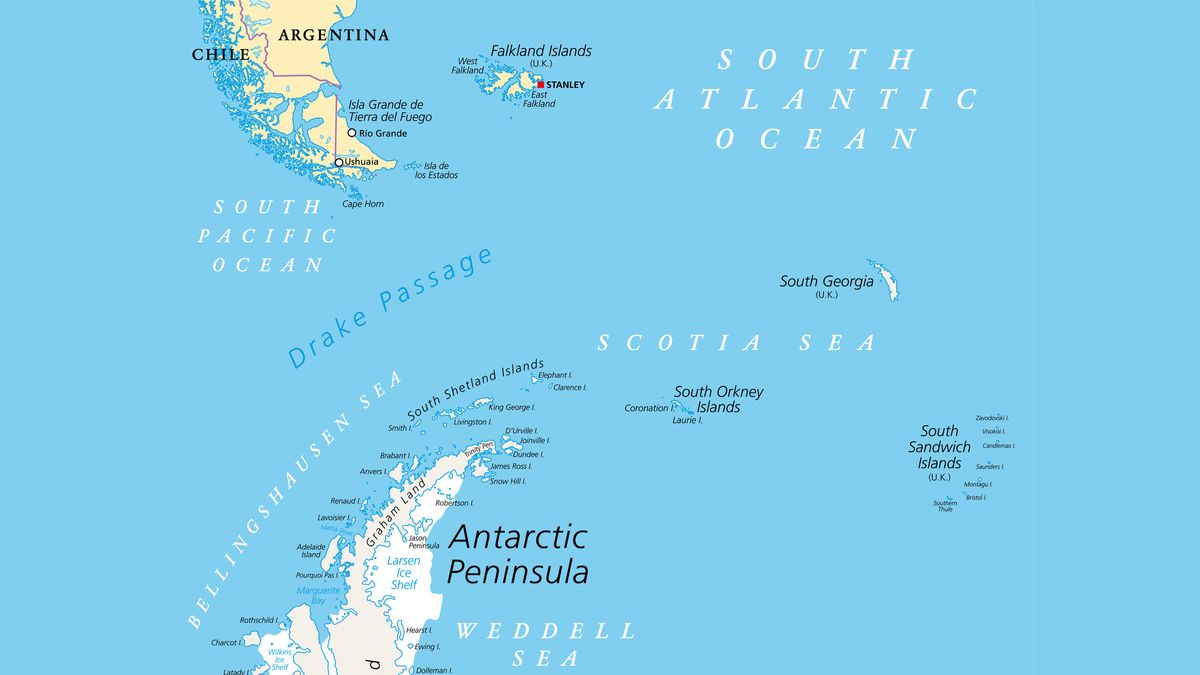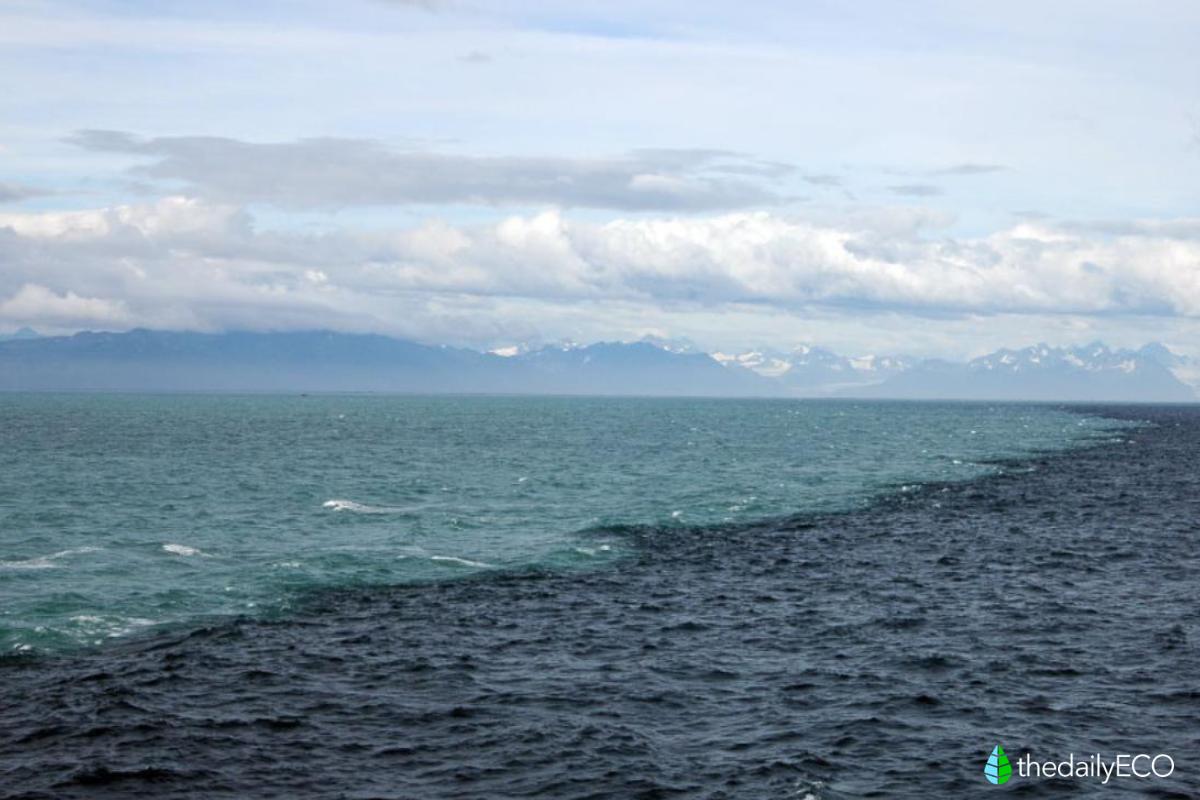Do The Atlantic Ocean And Pacific Ocean Mix

Ever wondered what happens where the big blue meets bigger blue? We're talking about the Atlantic Ocean and the Pacific Ocean. Do they just become one giant, happy ocean family? Let's dive in and see!
The Great Oceanic Meet-Up
Picture this: two massive bodies of water, each with its own personality. One's known for its history, the other for its sheer size. Sounds like the start of an awesome reality show, right?
But what happens when they finally get close enough to touch? It's not quite the smooth blend you might imagine. In fact, it's kind of a watery standoff at times!
Not Quite a Perfect Blend
You've probably seen pictures or videos online showing a distinct line. A line where the colors of the water seem different. Is this some kind of ocean illusion?
Well, not exactly. They do technically "mix", but not in the way you might think. It's more like they're just hanging out in the same area.
Think of it like mixing oil and vinegar. They'll swirl around each other, but they won't truly become one homogenous liquid. The oceans are similar.
Why the Hesitation?
So why don't they just fully mix? There are a few cool reasons. One big factor is density.
The Atlantic and Pacific have different levels of saltiness, or salinity. They also have different temperatures. This means one is heavier than the other, preventing perfect mixing.
Ocean currents also play a huge role. These underwater rivers keep the waters somewhat separate. It's like having a built-in barrier!
A Salty Situation
Salinity isn't just some random ocean fact. It seriously affects how water behaves. Saltier water is denser. Denser water tends to sink.
Imagine pouring salt water into a glass of fresh water. The salt water will go straight to the bottom. This difference in density helps keep the Atlantic and Pacific distinct.
Where to See This Amazing Phenomenon
Want to witness this oceanic oddity yourself? You'll need to head to a very specific spot.
The best place to see this "unmixing" in action is near Cape Horn, at the southern tip of South America. This is where the two oceans come closest to each other.
Boat tours often take adventurers out to this spot. You get to see the clash of the titans firsthand. How cool is that?
A Visual Feast
Even if you can't make it to Cape Horn, you can find tons of amazing photos and videos online. Search for "Atlantic Pacific Ocean divide" and prepare to be amazed!
You'll see the color difference, the foamy lines where the waters meet. It's a truly stunning sight to behold.
It's a powerful reminder of the amazing forces at work in our world. Nature is truly full of surprises and wonders.
More Than Just a Pretty Face
The non-mixing of the Atlantic and Pacific isn't just a cool visual. It also has a big impact on marine life. Different waters mean different habitats.
This leads to a huge diversity of species in the region where they meet. It's a biodiversity hotspot.
It's a complex interaction. A reminder that everything in nature is interconnected. Now, isn't that worth a little ocean exploration?
So next time you're daydreaming about the ocean, remember the Atlantic and Pacific. They're not just vast bodies of water. They are dynamic, complex, and endlessly fascinating!
Go check it out and let us know what you see!


